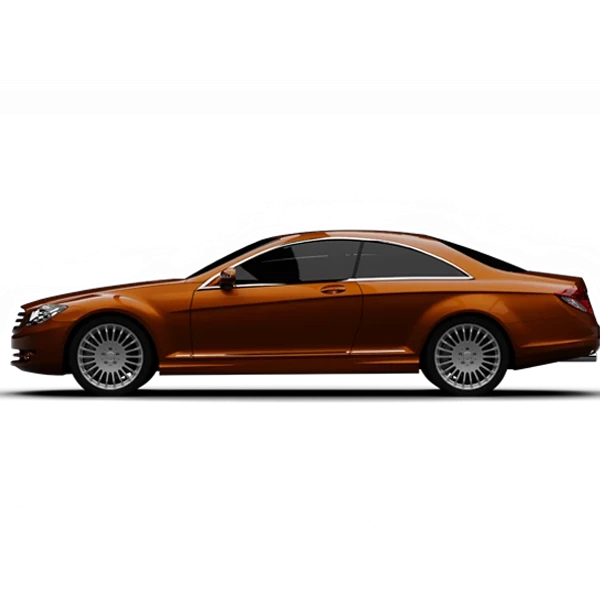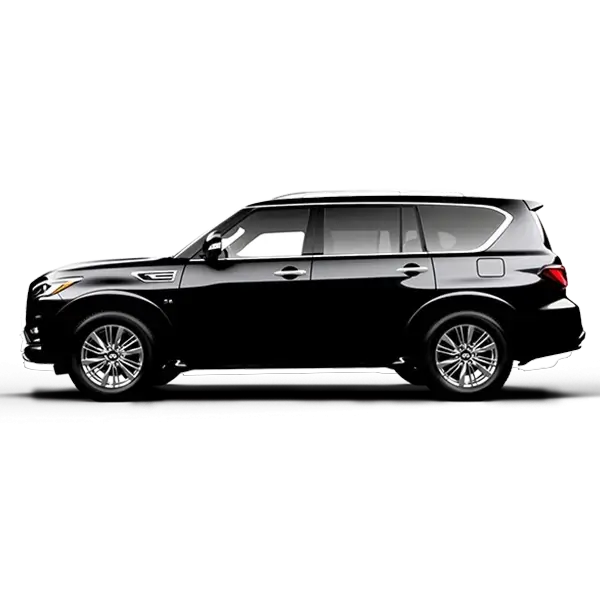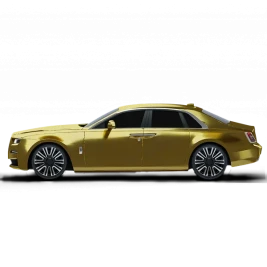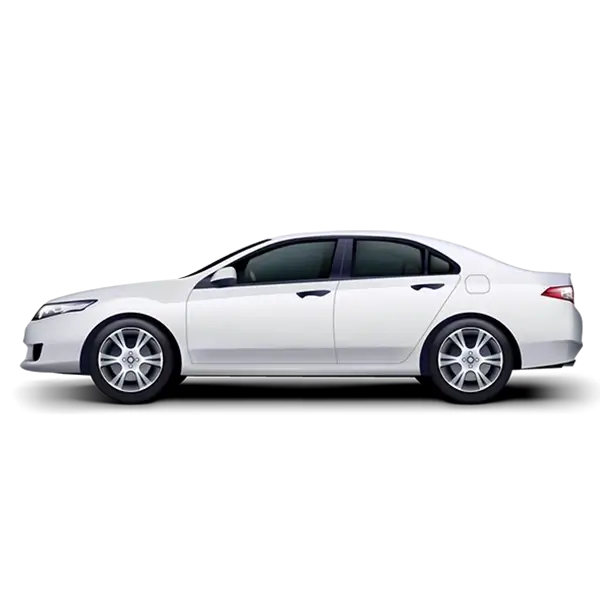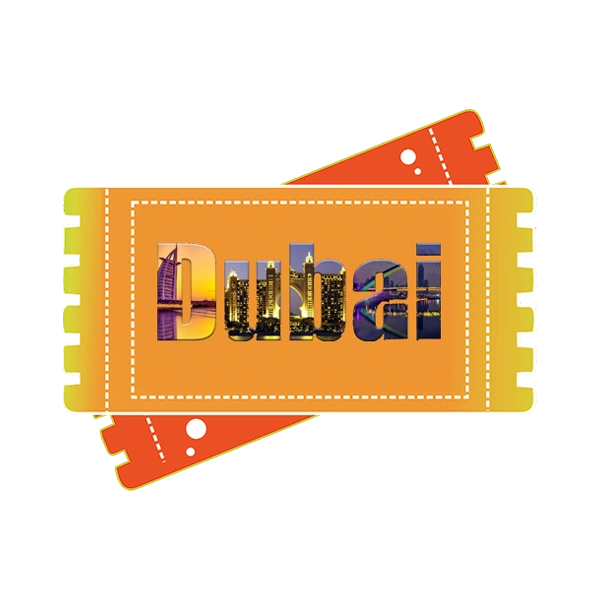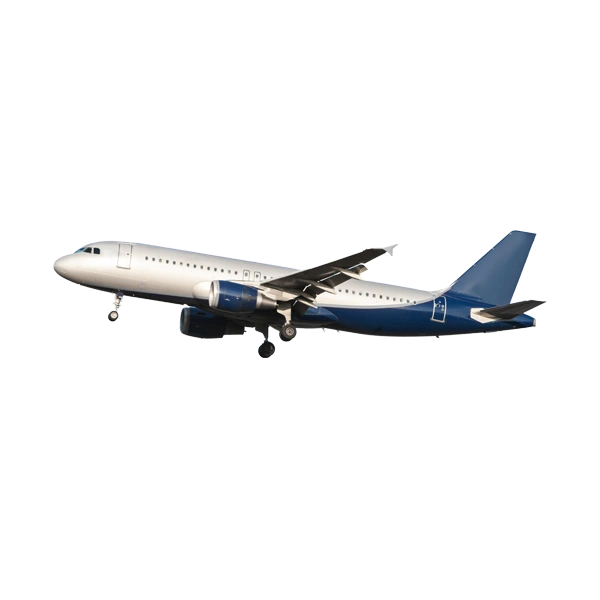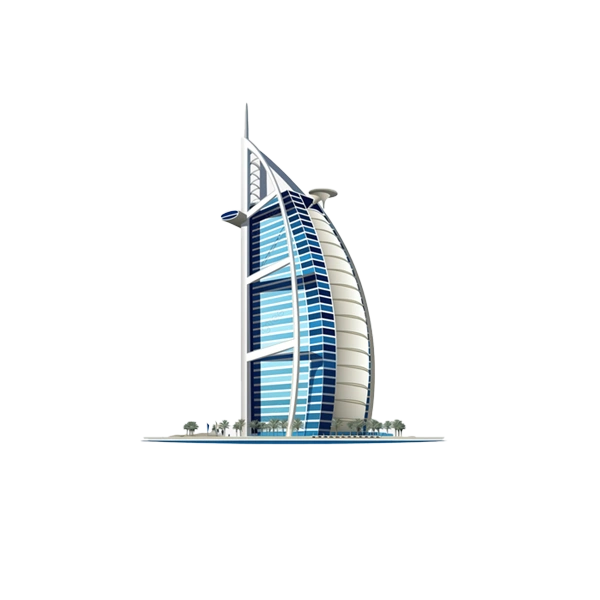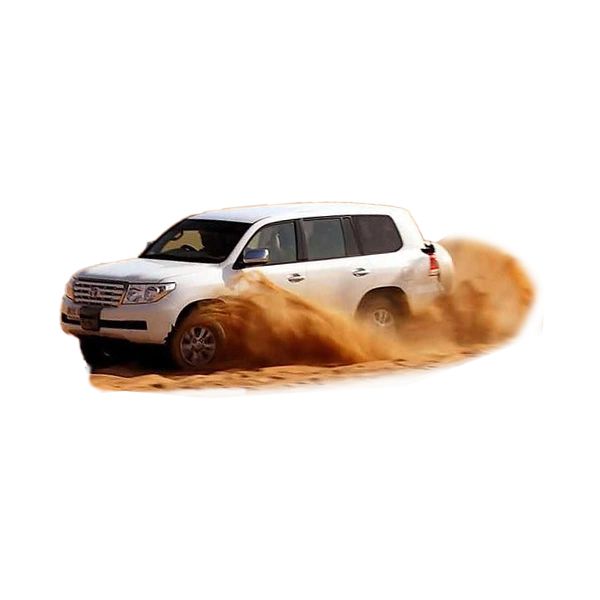Safe Driving Tips for First-Time Drivers in Dubai
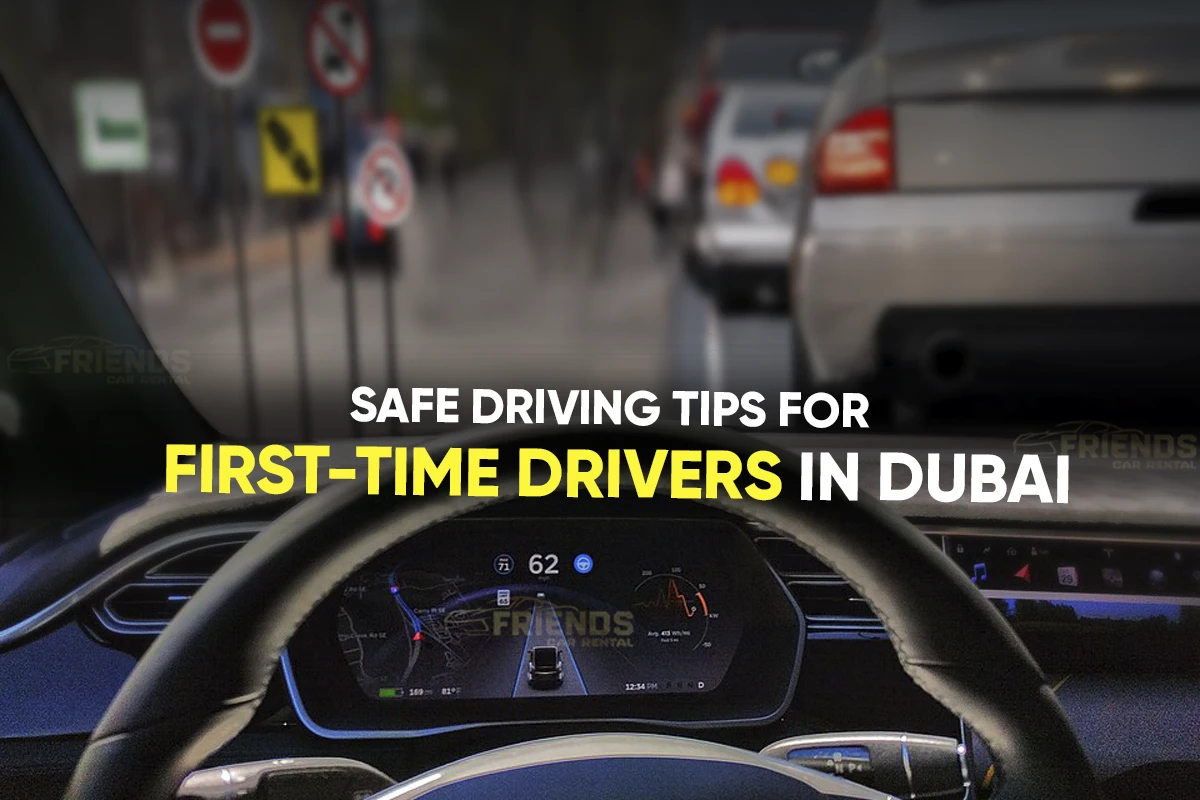
Dubai’s smooth roads—from Sheikh Zayed to scenic coastal
routes—offer an exhilarating drive. Yet, first-time drivers will find its vast
highway networks and bustling city streets challenging. Dubai’s RTA-governed
roads demand sharp awareness and a thorough traffic rule adherence. Whether
you're a brand-new UAE license holder or a visitor unfamiliar with local
driving conditions, mastering RTA regulations is crucial. Seems daunting, but
rest assured. This blog shares 10 safe driving tips for first-time drivers in
Dubai, packed with practical advice. These tips will help you navigate the
city’s roads stress-free. Let’s learn to drive with confidence!
1. Know Dubai’s Traffic Laws and RTA Rules
Dubai traffic laws are the cornerstone of safe driving
for first-time drivers. They outline the safety and smooth flow of traffic in
the emirate. Learn about the traffic laws and Dubai RTA regulations from RTA
website and mobile application. It’s the most important safe driving tip for
new drivers. Once you familiarize yourself with Dubai traffic rules, you’re
half-way to a safe driving experience. The rest depends on how you apply those
learning practically while driving.
2. Stick to Speed Limits
Speeding is a major factor in Dubai accidents, leading to
more than 25% fatalities. So, you should always stick to the posted speed
limits—Dubai highways: 100-120 km/h and city roads: 40–60 km/h. Drive smart and
keep an eye for the road-side signs. Adhering to the speed limits not only
avoid infringes but also keep you off the traffic rule violations and steep
fees. Drive within the limits and save yourself from accidents and Dubai
traffic fines. It’s better first-time drivers not take chances with the 20 km/h
buffer. Dubai speed limits
change quickly from one zone to another. It demands experience to keep up.
3. Maintain a Safe Following Distance
Always maintain 55-70 meters distance from the vehicle
ahead on highways and 25-35 meters on city roads. Higher the speed limit,
greater must be the gap. This gap approximately corresponds to Dubai’s dynamic
safe distance 2-second rule. 2-second rule? It’s simple, pick a reference point
of the vehicle ahead, say a sign, and start counting, one thousand one, one
thousand two. You must not reach the point before the counting. If you do,
reduce speed carefully and maintain the distance.
Maintaining this gap gives you enough time to react and
stop your vehicle safely in sudden braking. Dubai’s continuous traffic flow
demands safe distance driving. It’s important that you adapt your driving to
different situations, like fog, sand storms, and rain, increasing the distance.
It will save you from tailgating fine: AED 400 and 4 black points.
4. Master Roundabout Navigation
Roundabouts in Dubai, like Al Garhoud, can be tricky for first-time drivers.
However, if you stick to a few crucial points you can master them like a pro.
Picking the correct lane in multi-lane roundabouts is important. Choose the
outlet lane for early exits, inner for later, and center for U-turns. Yielding
to vehicles from the left is extremely important. Vehicles coming from the left
get priority. Waiting for the gap to enter the roundabout is yielding, to
clarify.
Early signaling will avoid confusion. If you pick a wrong
lane continue and loop again. It’s better than cutting lanes and causing
accidents. Cutting lanes can lead to AED 1000 fine so be extra cautious in
roundabouts. Keep on your lane unless necessary for exits. Again, signaling is
mandatory.
5. Use Indicators Early and Clearly
As mentioned above, indicators are extremely important
while driving in Dubai. They signal your intent to the vehicles coming from
behind. Navigating junctions and roundabouts, changing lanes, turning in and
out of parking, alleys, and driveways, pulling over or away from the curb—all
need clear and early indicators. Indicator timings matter as you alert and give
others enough time to react to your next step. This helps other drivers to stop
or maneuver accordingly, avoiding collision. Failing to do so will lead to
sudden deviation, a violation costing AED 400 and 4 black points on your
license. More, importantly, this helps the traffic flow smoothly.
6. Avoid Mobile Phone Use
Distraction while driving can lead to accidents and
fatalities—mobile phone use is the top contributor. Never use a mobile phone
while driving. It is unsafe and also a violation of Dubai traffic rules. Never
text/chat on the phone while you’re behind the wheel. Answering phone calls on
a hands-free is acceptable. The main point is your eyes must be on the road at
all times. RTA Dubai fines AED 800 and 4 black points for any distracted
driving.
Pull over to the safe side of the road and answer calls
or respond to messages, if very important. Don’t risk your and others’ life for
a phone call or a message.
7. Practice Lane Discipline on Highways
Land discipline on Dubai highways like Sheikh Zayed Road
is very important. Always stick to the right unless overtaking—most suitable
for first-time drivers. Leftmost lane highest speed and rightmost land lowest
speed. Shift to the left lanes for overtaking with proper signaling. Check
mirrors and indicate early to avoid surprises. Stay in your lane during heavy
traffic for smooth flow. Improper lane changes and hogging the leftmost lane,
impeding faster traffic will lead to AED 400 fine. Good lane discipline
prevents crashes and makes highway driving stress-free.
8. Be Cautious at Pedestrian Crossings
Give priority to pedestrians at zebra crossings. You need
to be extra careful in densely populated residential areas like Bur Dubai.
People have the right of way in Dubai. Always slow down and let them cross the
street. Be careful even when there are no zebra crossings in city streets and
boulevards. Scan both sides of the road for pedestrians, especially within
school zones. Not complying to this requirement will cost you AED 500 with 6
black points. Stay alert, to keep everyone safe. Help the pedestrians commute
and traffic flow smoothly.
9. Understand Salik Toll Gates
Salik gates or toll gates don’t require you to stop or
drive slowly, but you must know about them. There are Salik gates in eight (8)
different locations in Dubai. If you’re driving a rental car, you don’t need to
worry about them, as you’ll pay for the incurred salik amount at the end of
your rental. If you are driving your own car, you’ll need a salik tag and
account to pay toll fees. It will cost you AED 4-6 per drive through. Driving
through a gate without a valid RFID tag or insufficient balance will lead to
monetary fines: AED 200 for first violation and AED 400 for each subsequent
violation. Find more about the new salik system in Dubai here: Dubai Salik 2025.
10. Adopt Defensive Driving Techniques
Prepare yourself to expect the unexpected while driving
in Dubai. Defensive driving means driving to save lives, time, and money,
despite the conditions around you and the actions of others. Be careful of
sudden lane changes and braking on roads like Dubai-Sharjah. Don’t get involved
in street racing or similar acts, especially when you are a new driver. Stay
proactive and scan for erratic drivers and obstacles—avoid them at all costs. Adapt
your driving to react to different road situations during rain, sandstorms, and
fog. Maintaining a 3-5 second gap can give you enough time to react to sudden
accidents and avoid chain accidents. Stay vigilant at all times.
Final Thoughts
First-time drivers can master Dubai's roads by
prioritizing safety and following RTA regulations.
New drivers can apply the above 10 tips to make driving
in Dubai safer and easier. Understand traffic laws and speed limits, practice
defensive driving, and respect pedestrian rights—you'll navigate the city with
confidence. Practice safe driving habits and ensure a worry-free driving
experience in Dubai as a new driver. Stay alert, and check the RTA app for
latest updates. Drive safely!
Written by: Friends Car
Published at: Thu, Apr 17, 2025 5:21 PM
Leave a Reply
Your email address will not be published. Required fields are marked *
Car Rental in Dubai
AED 2500
DAY
AED 0
MONTH
-
 SUV
SUV -
 4 Doors
4 Doors -
 5 Seats
5 Seats
- 1 Day Rental Available
- Deposit: Not Required
- Insurance Included
AED 5500
DAY
AED 0
MONTH
-
 Sports
Sports -
 2 Doors
2 Doors -
 2 Seats
2 Seats
- 1 Day Rental Available
- Deposit: Not Required
- Insurance Included
AED 1200
DAY
AED 0
MONTH
-
 SUV
SUV -
 4 Doors
4 Doors -
 5 Seats
5 Seats
- 1 Day Rental Available
- Deposit: Not Required
- Insurance Included
AED 1600
DAY
AED 0
MONTH
-
 SUV
SUV -
 4 Doors
4 Doors -
 5 Seats
5 Seats
- 1 Day Rental Available
- Deposit: Not Required
- Insurance Included
AED 1500
DAY
AED 28500
MONTH
-
 SUV
SUV -
 4 Doors
4 Doors -
 5 Seats
5 Seats
- 1 Day Rental Available
- Deposit: Not Required
- Insurance Included

 عربي
عربي
 English
English
 Français
Français
 Русский
Русский
 中国人
中国人
 Nederlands
Nederlands
 Española
Española
 Türkçe
Türkçe
 Italiana
Italiana




